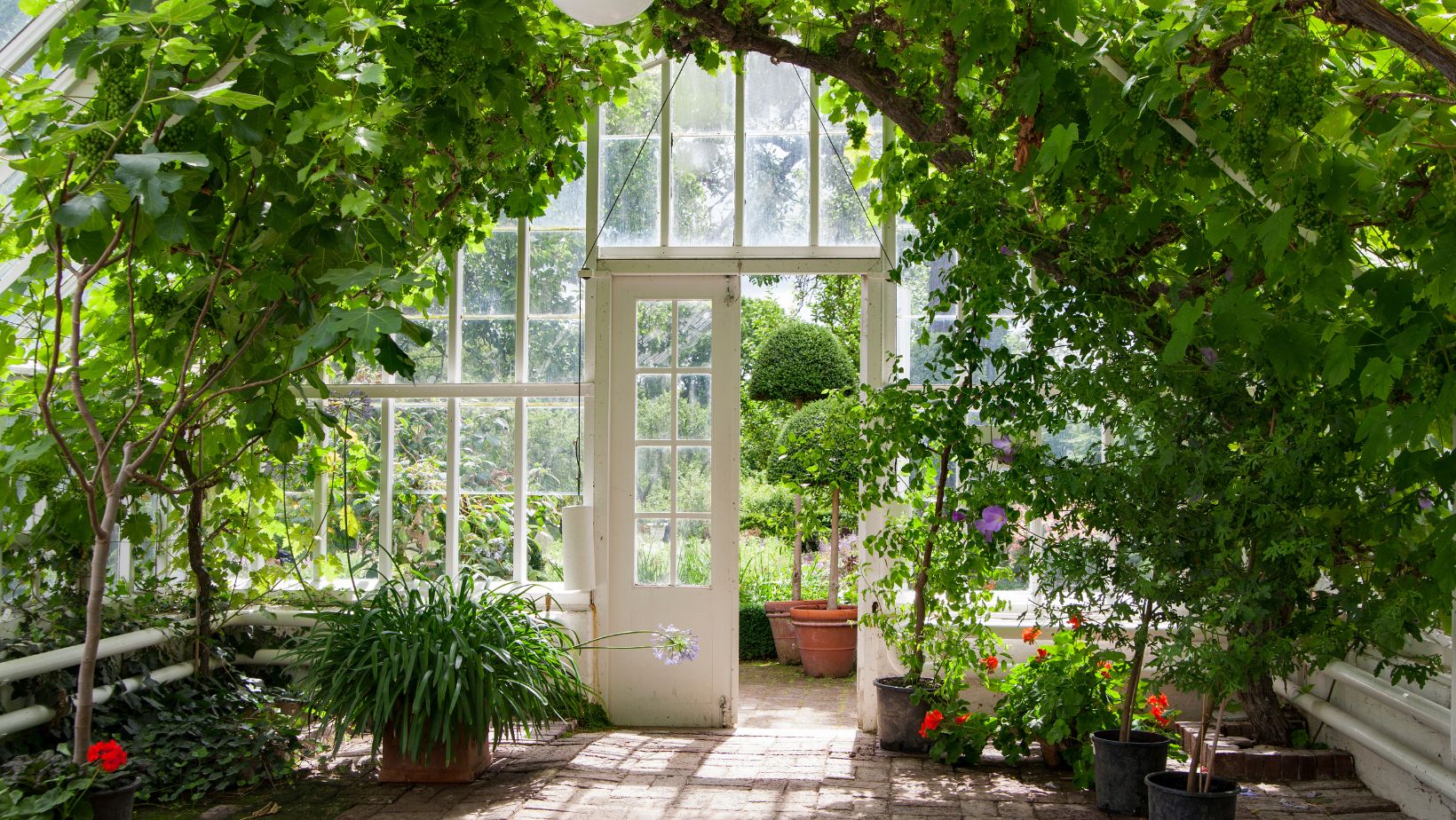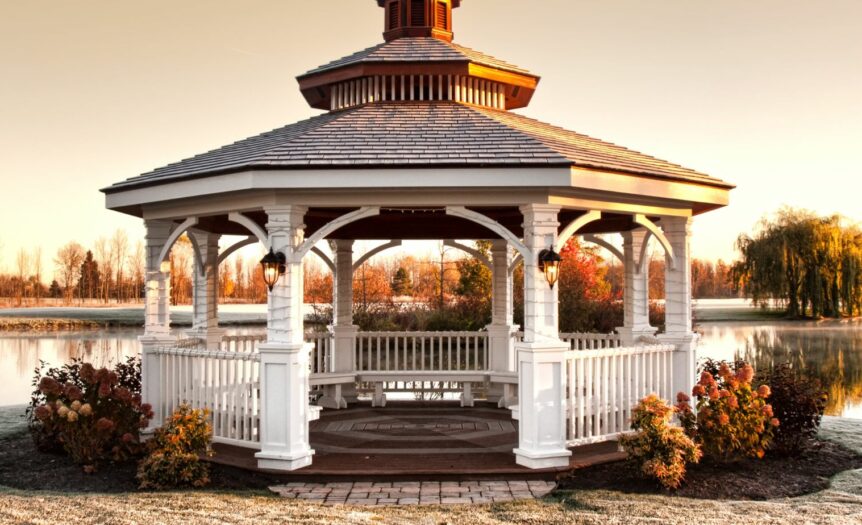Gazebo of Prayer
As an expert blogger with years of experience in religious practices, I am excited to delve into the topic of the gazebo of prayer. Throughout history, various cultures and religions have embraced the concept of a dedicated space for prayer and reflection. In this article, I will explore the significance and purpose of gazebos of prayer, shedding light on their architectural features, spiritual symbolism, and the serene atmosphere they provide for worshippers.
When it comes to religious structures, gazebos of prayer hold a unique place. These beautifully designed structures serve as a sanctuary for individuals seeking solace, tranquility, and a deeper connection with their faith. In this article, I will share my insights on the history and cultural significance of these sacred spaces, as well as the different architectural styles they embody. Join me as we explore the world of gazebos of prayer and uncover the spiritual experiences they offer to those who seek them.
Different Styles and Designs of Gazebos of Prayer
When it comes to gazebos of prayer, there is a rich diversity of styles and designs that reflect the cultural and architectural influences of various regions. Let’s explore some of these fascinating variations:
- Islamic Style: Islamic gazebos of prayer are known for their intricate geometric patterns and arabesque designs. These structures often feature domed roofs and minarets, representing the distinctive architectural elements seen in mosques.
- Buddhist Style: Buddhist gazebos of prayer typically showcase the elegance of simplicity. They often have a rectangular or square shape, with open sides to allow for a connection with nature. Buddhist gazebos often incorporate natural materials such as wood and stone, with minimal decorative elements.
- Hindu Style: Hindu gazebos of prayer are characterized by their vibrant colors and ornate details. They often feature intricate carvings of gods and goddesses, along with elaborate arches and spires. Hindu gazebos are designed to awe and inspire, creating a sacred space for worship and meditation.
- Christian Style: Christian gazebos of prayer can vary in design, depending on the denomination and cultural influences. Some may resemble small chapels with stained glass windows and bell towers, while others may have a simple structure with a cross prominently displayed.
- Japanese Style: Japanese gazebos of prayer, often called “pagodas,” are typically made of wood and feature a multi-tiered roof. These structures are known for their harmonious blend of natural materials and precise craftsmanship.
- Native American Style: Native American gazebos of prayer reflect the spiritual connection to the natural world. They often incorporate elements such as totem poles, animal motifs, and sacred symbols to honor their ancestral traditions.
These are just a few examples of the diverse styles and designs of gazebos of prayer. Each one represents the unique cultural and religious traditions that have shaped our world. The beauty and craftsmanship of these structures serve as a testament to the spiritual significance they hold.

The Role of Gazebos of Prayer in Religious Practices
Gazebos of prayer play a pivotal role in religious practices, serving as sacred spaces where individuals can connect with the divine. These structures hold significant spiritual and cultural value, offering a place for worship, meditation, and contemplation. Throughout history, gazebos of prayer have been an essential part of various religious traditions, providing a physical embodiment of faith and devotion.
One of the primary functions of gazebos of prayer is to create a peaceful and serene environment conducive to prayer and reflection. With their open design and connection to nature, these structures offer a tranquil space where worshippers can find solace and seek spiritual guidance.
Gazebos of prayer also serve as a gathering place for communal worship and religious rituals. They often act as a central location for religious ceremonies and celebrations, bringing communities together in shared devotion. These structures foster a sense of unity and fellowship among believers, creating a space where they can come together to express their faith and deepen their spiritual connections.
Moreover, gazebos of prayer act as symbols of devotion and reverence in many religious traditions. Their architectural design and sacred symbolism reflect the core beliefs and values of the faith. For example, Islamic gazebos, such as the iconic domed structures found in mosques, represent the unity and transcendence of Allah. Similarly, Buddhist gazebos, with their ornate carvings and spiritual symbols, offer a sanctuary for meditation and the pursuit of enlightenment.
Gazebos of prayer have a vital role in religious practices as spaces for worship, meditation, and community engagement. These structures provide believers with a physical space to connect with the divine, fostering a sense of peace, unity, and devotion. With their rich symbolism and cultural significance, gazebos of prayer serve as tangible expressions of faith throughout history and continue to hold profound spiritual value in our world today.








